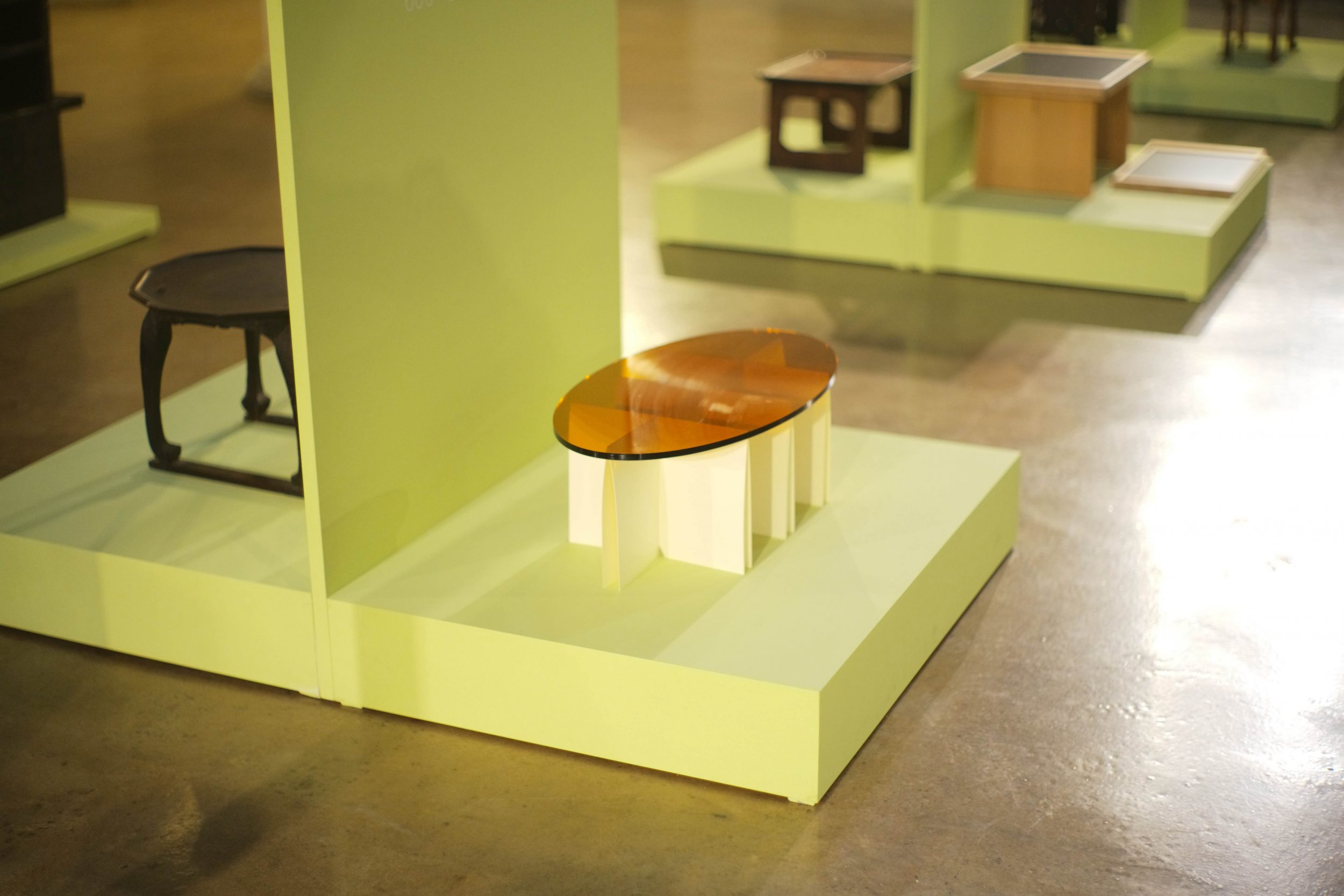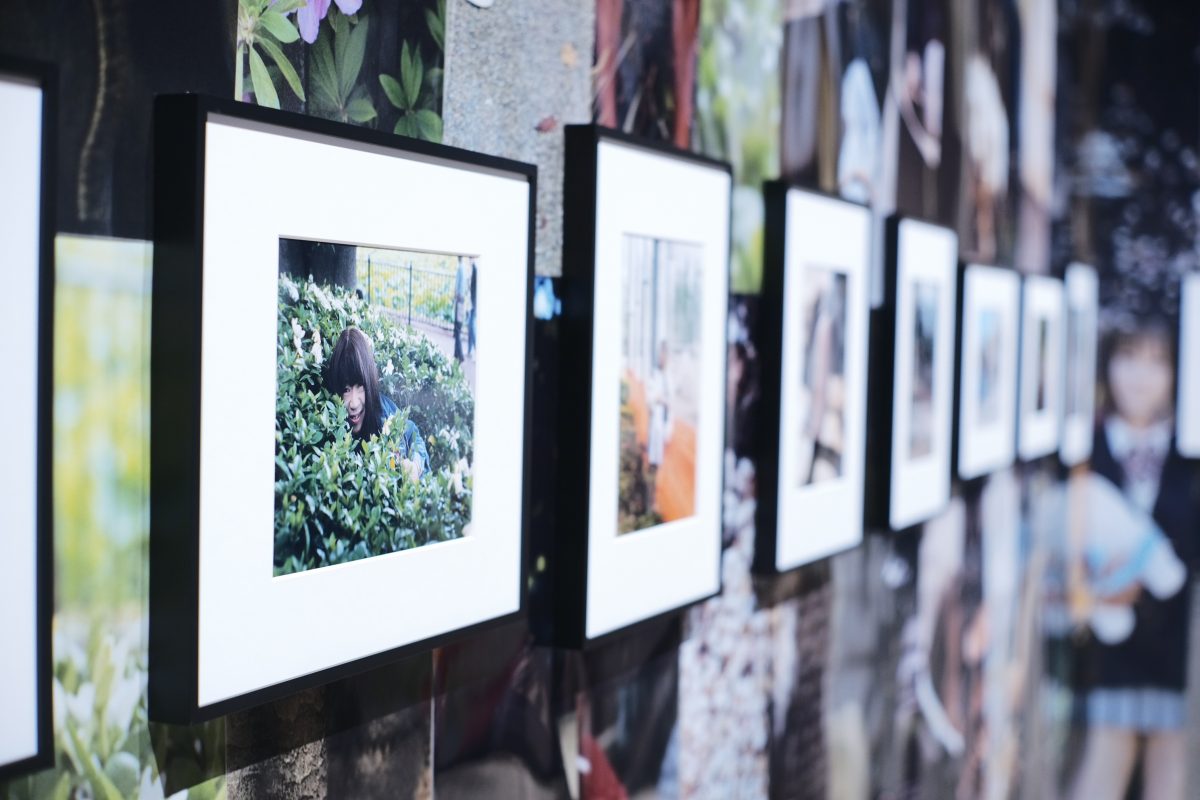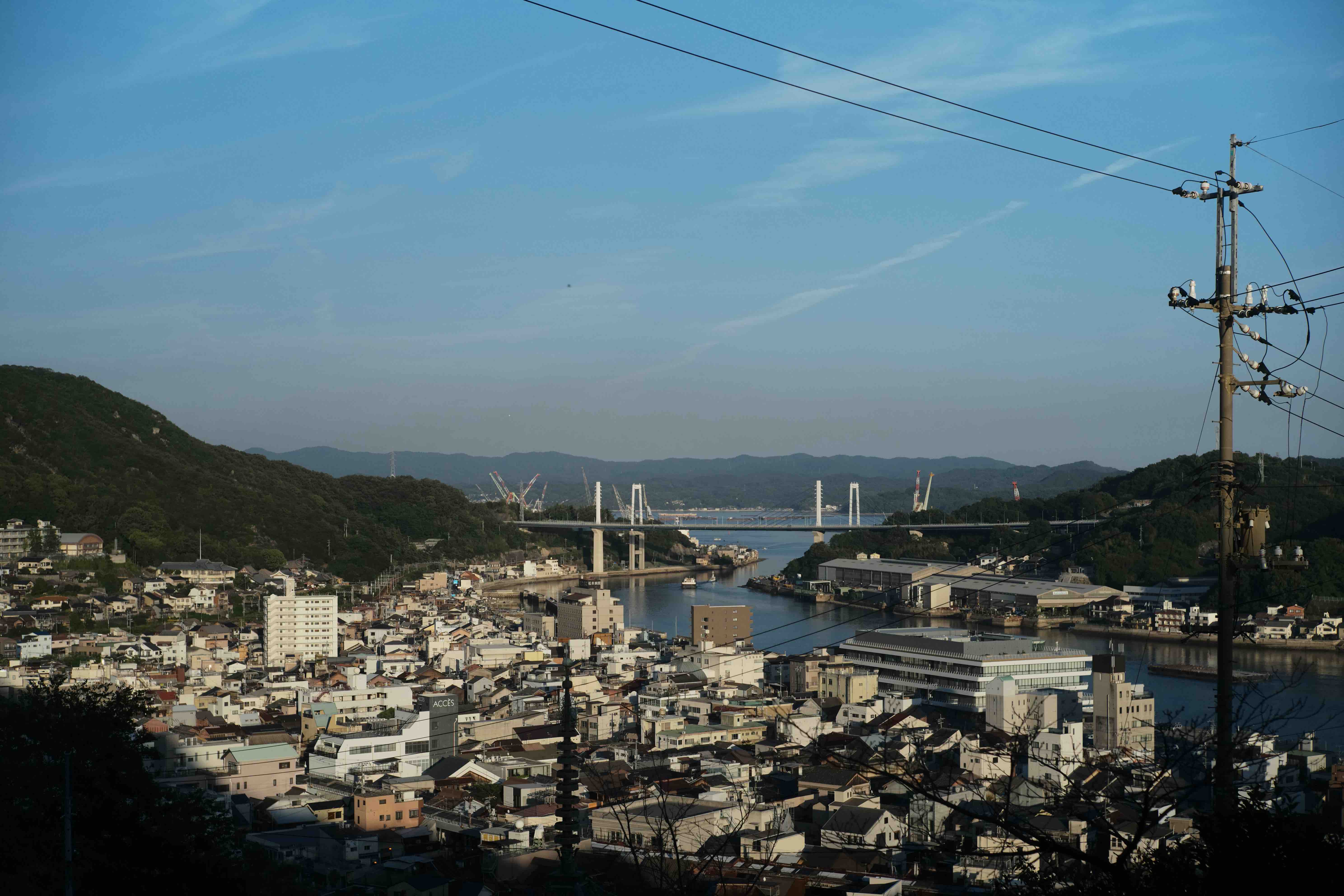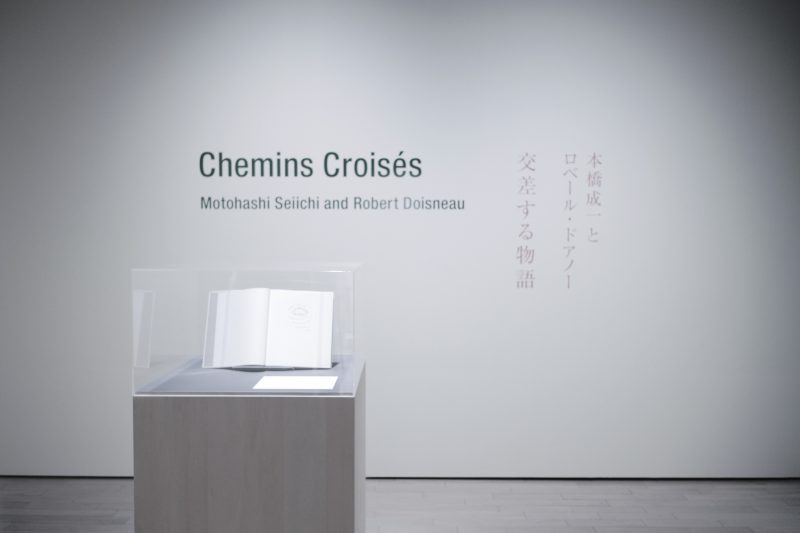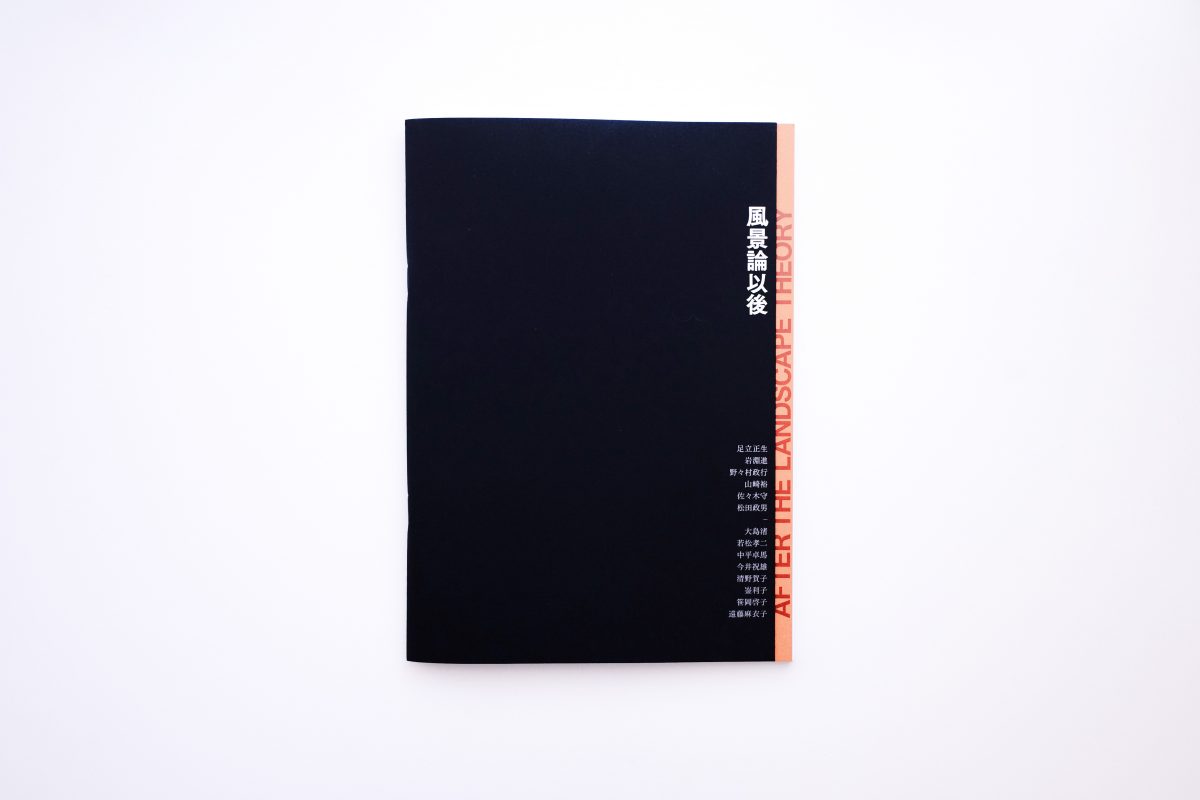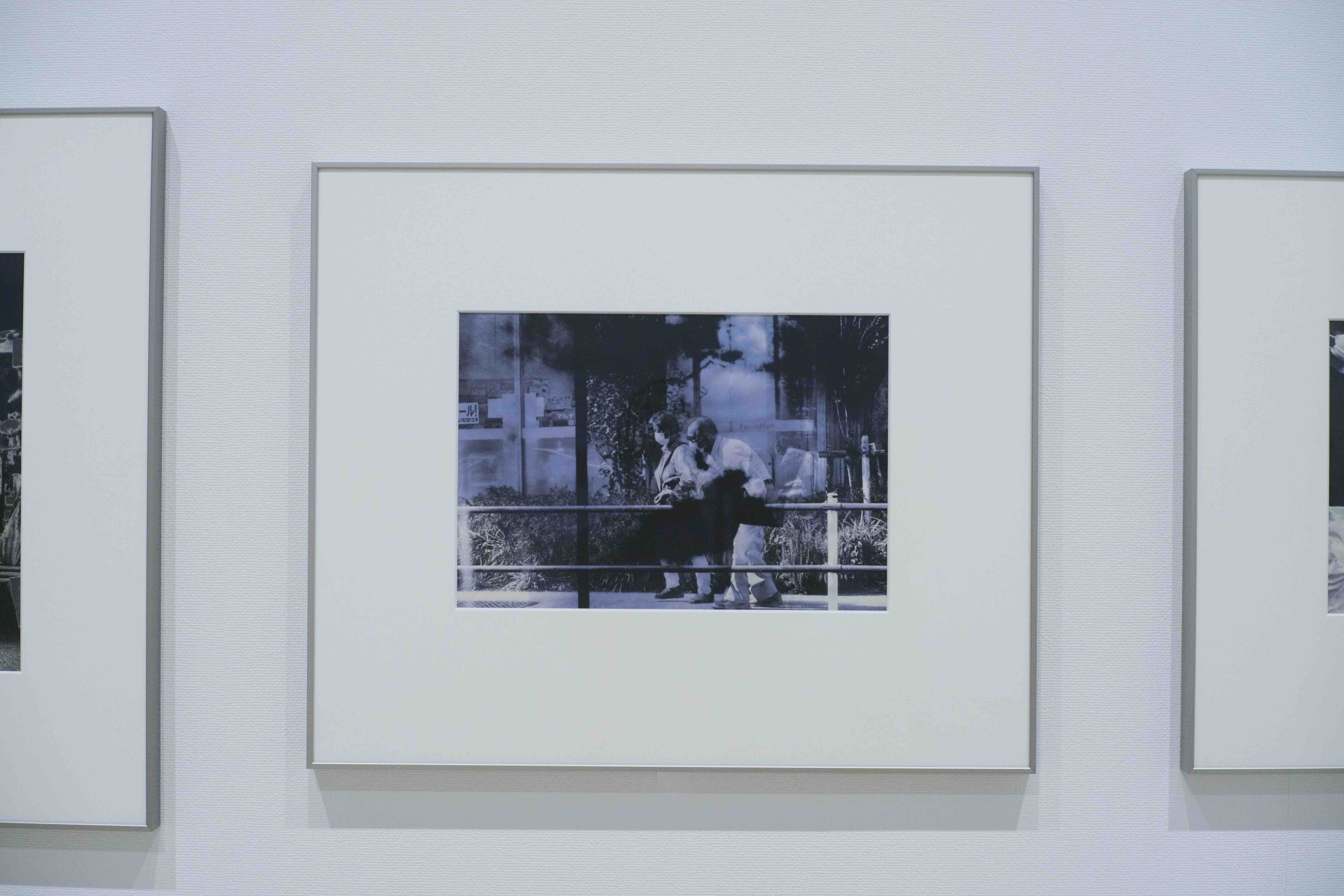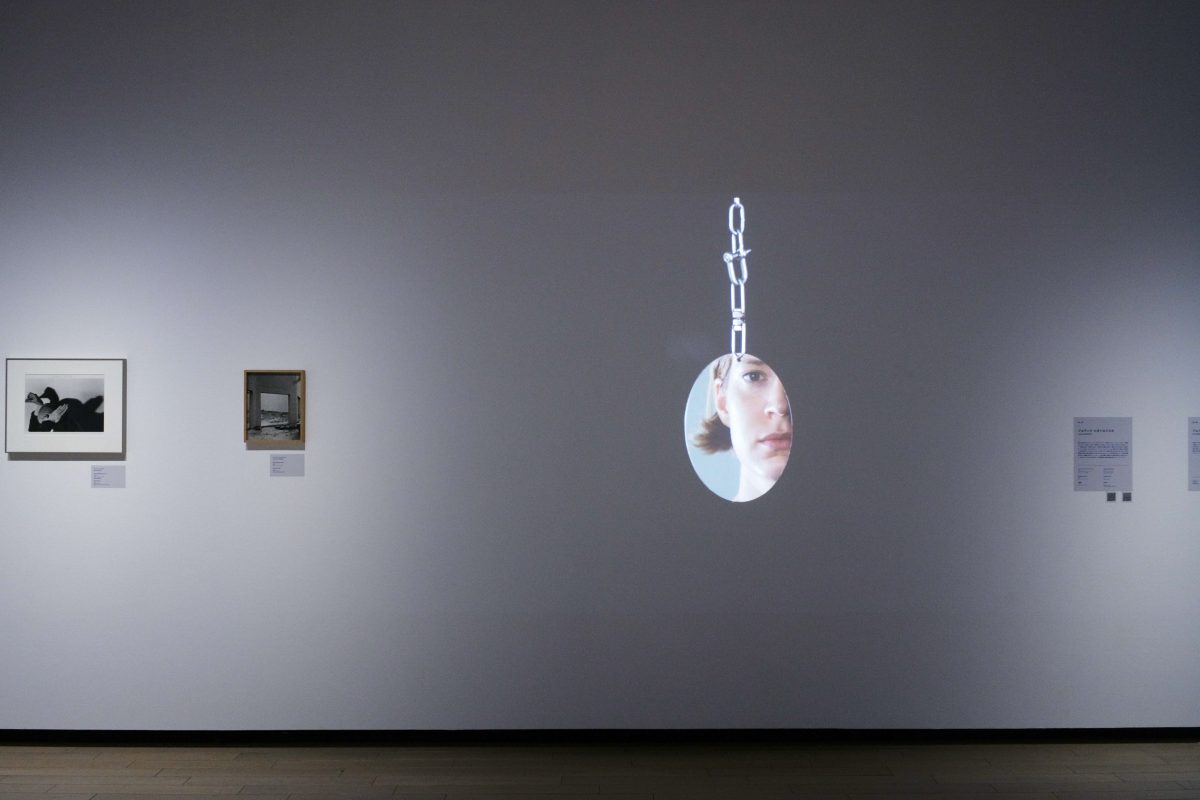「内藤礼 生まれておいで 生きておいで」
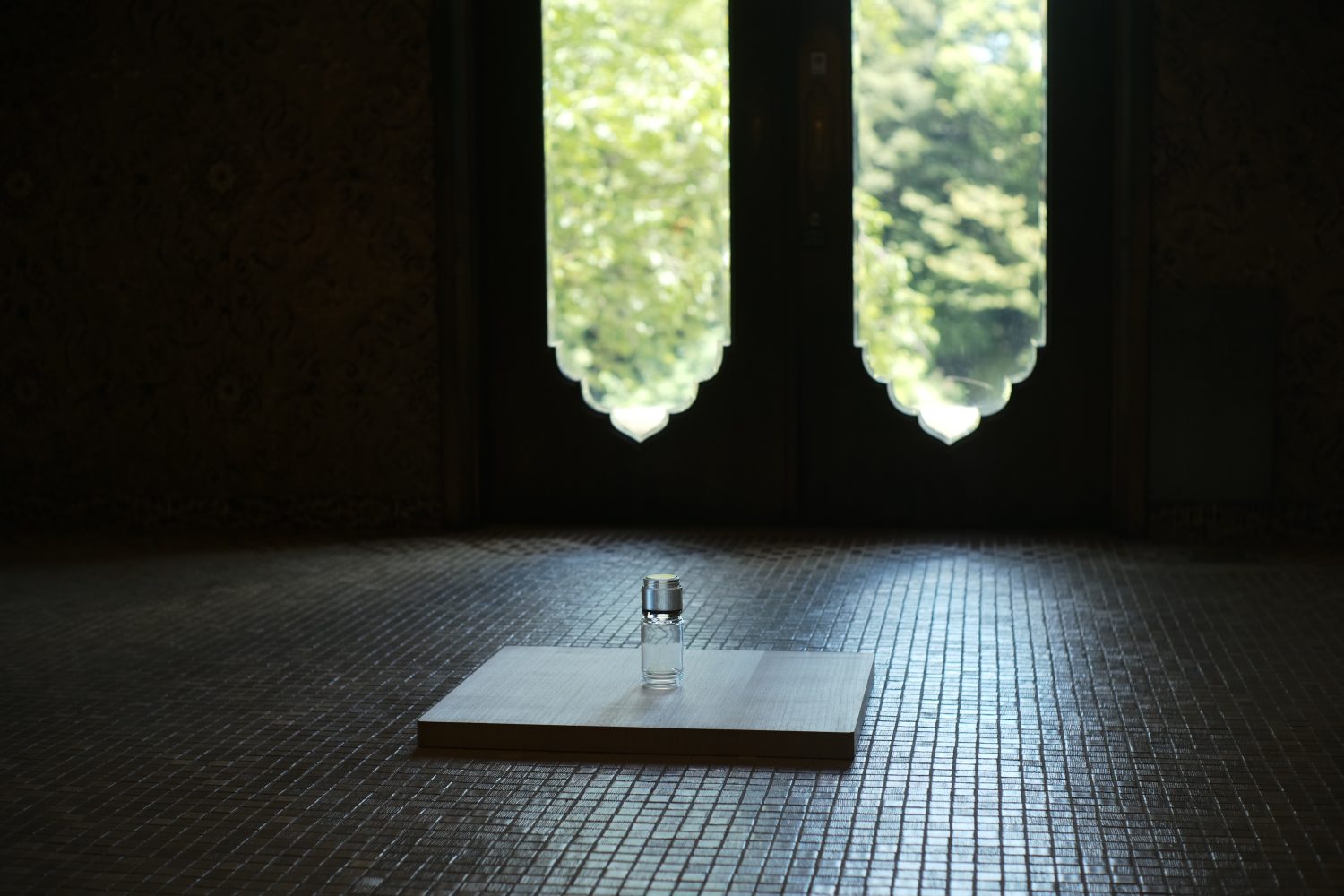
国内外で展示を行っている美術家 内藤礼の「内藤礼 生まれておいで 生きておいで」が東京国立博物館で開催中。
その展示は筆者が体験しただけでも、2009年の神奈川県立近代美術館 鎌倉での中庭、2014年東京都庭園美術館における歴史的空間、2018年水戸芸術館現代美術ギャラリーでのホワイトキューブにおいても空間とともに分かちがたく密接にあった。
今回、150年の歴史をもつ東京国立博物館(以下、東博)においても、作家自身によるその空間と対話するような展示のされ方は、異なる物語をもったどのような空間であっても、その全てを内藤礼の「空間」にしてしまうことを自明なものとしている。
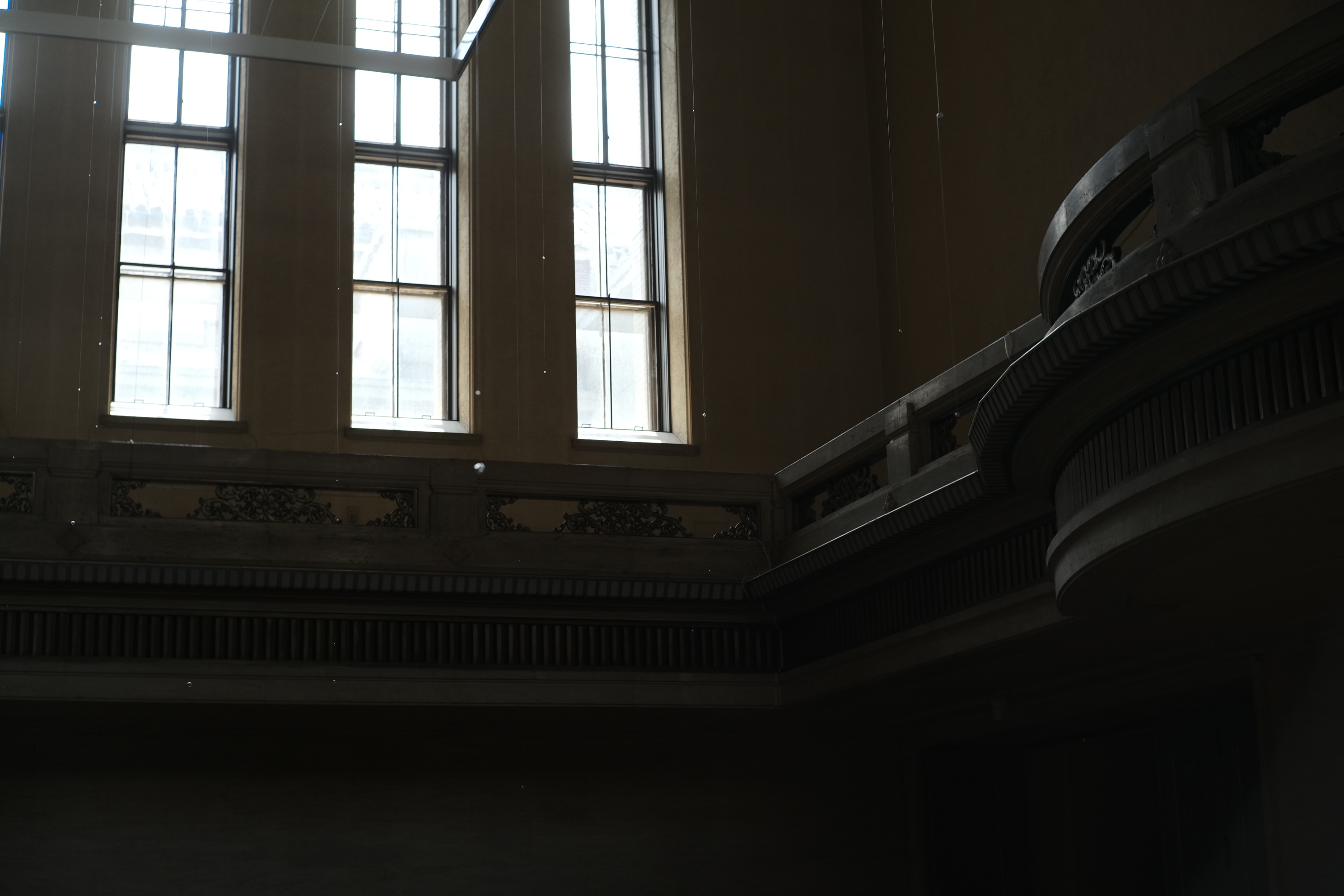
その作品を通じて、わかちがたいものとしての生と死を往来し、その境界線を時にやさしく曖昧にしてきた内藤礼。本展では三つの展示会場で新作を含む約100点と、1万数千年の時を越える縄文時代の土製品を含む東博の収蔵品も交える。
ガラスケースが内と外を分かつ薄暗いトンネルのような第一会場。鑑賞者が歩くことができる場所に吊るされた風船や猫じゃらしのような毛糸玉といった自然の法則に導かれた球体、足を踏み入れることのできない祭壇のようなショーケース内には、内藤自身の作品と縄文時代につくられたもの。ここでは透明なガラスがフィルターとなって生と死を明確に分けるでもなく写し鏡のように展示する。
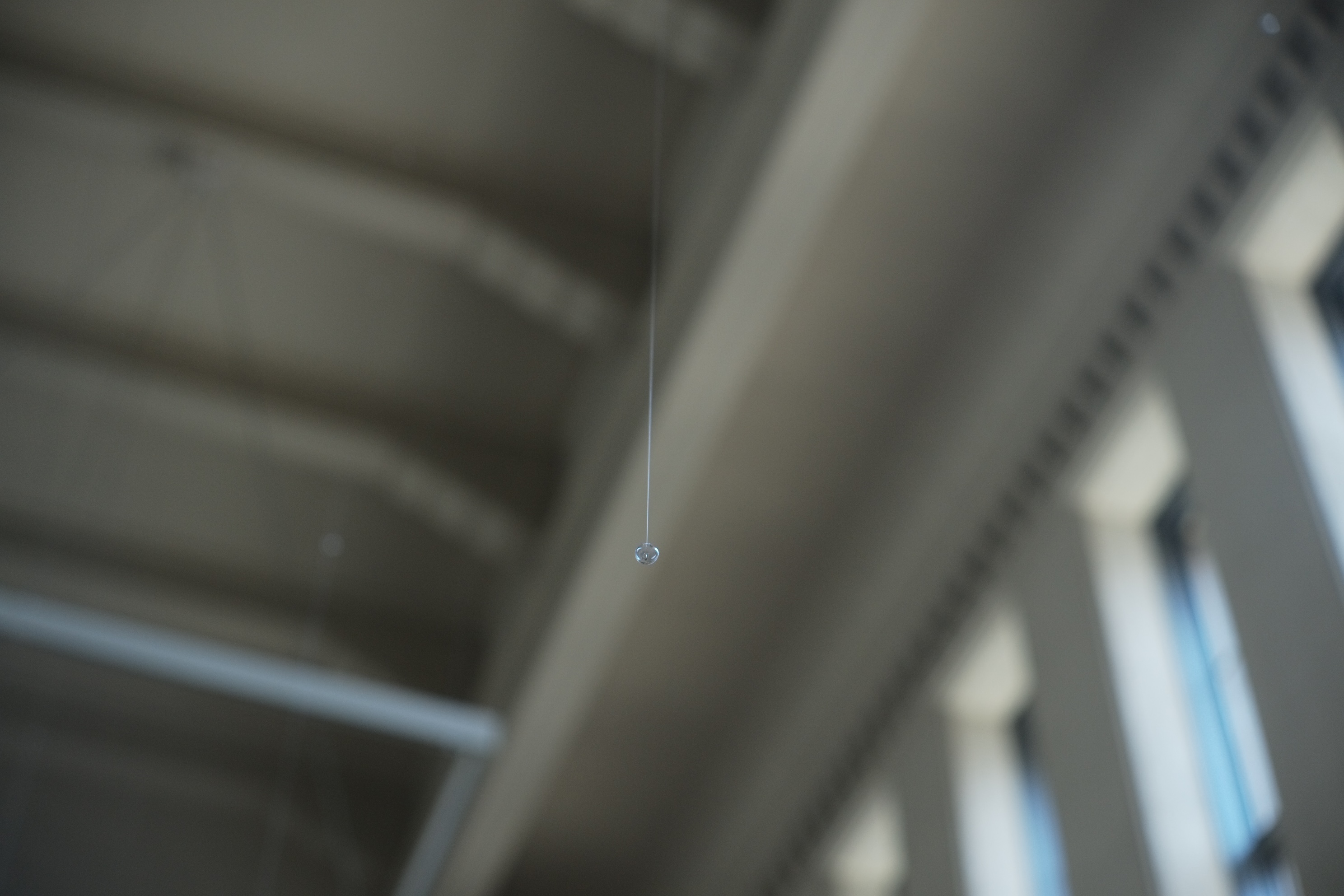
東博の常設展示空間を通路に導かれる第2会場となったのは、東博の中でも最も広い本館特別5室。
これまでも企画展などで使われてきた会場だが、本展のために長年閉ざされていた鎧戸が開放された。二面採光の天井付近の窓からはその時々の自然光が差し込む。
内藤作品において自然光は重要な要素。これまで多くの会場で、人工照明ではなく自然光を生かし展示されてきたが、本展では19世紀末に建設された東京国立博物館の建築がもたらす本来の光と内藤作品が響き合う空間も見どころ。
目線を上方に向けるとガラスビーズの作品が天井から部屋の全面にテグスで吊り下げられている。これらのガラス玉は本展に合わせて吹いたすべて新作のガラス作品。作家にとって初の体験でもある苦労をともって制作されたものたという。自然光の中でこそ生命力を生き生きと宿すようにみえる繊細な内藤作品は、その光の角度によって人間の視覚には現れたり消えたりするように映る。
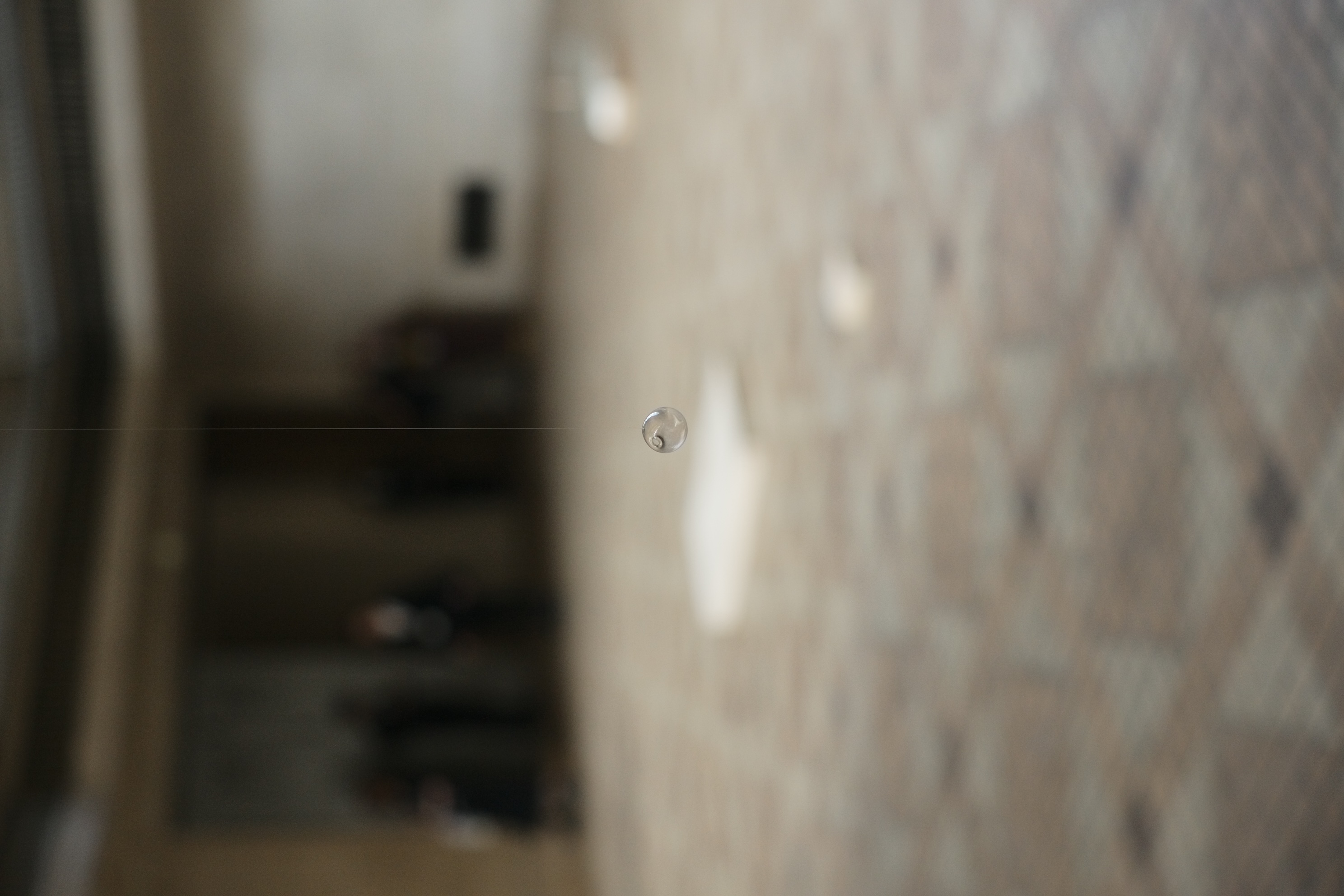
さらに床に敷かれていたカーペットと仮設壁も本展のために開放している。素の状態にあらわしになった本来の建築。場の中心には、縄文時代の足形付きの土製品、猪形、猿形土製品、鹿など動物の骨、土製丸玉といった150年の歴史の中で初公開のものも含まれる過去の作品がショーケース内に置かれものが点在する。これらは東博の数万点に及ぶコレクションから全て作家の内藤礼氏が選んだものだという。ショーケースの上や側面には猫毛や内藤の彫刻作品が添えられている。
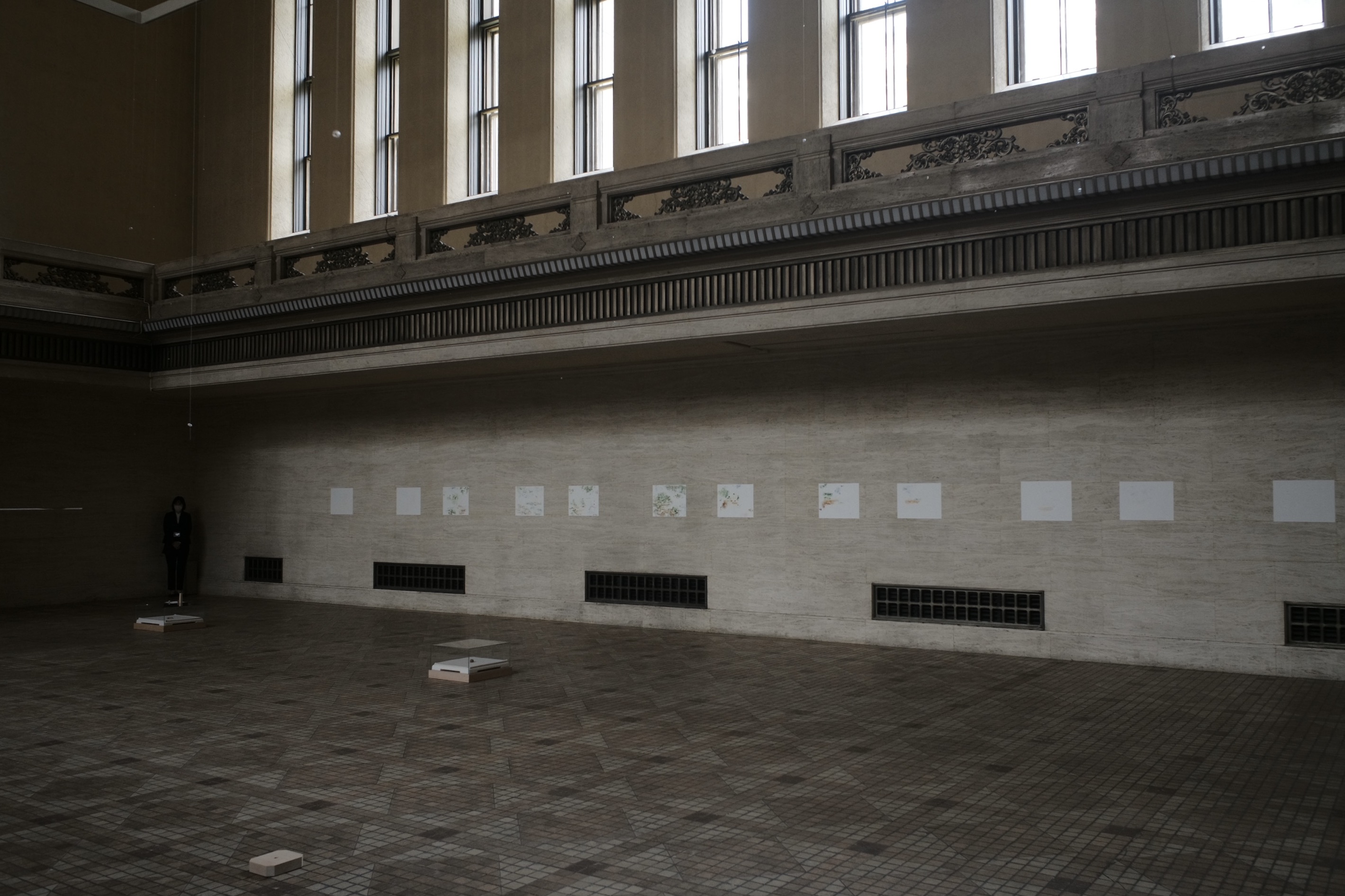
壁面には《color beginning/breath》の連作が制作時期に合わせて展示されている。入口から向かって左手には、本展も共同企画となるエルメス財団により今年9月に始った、銀座メゾンエルメスフォーラムで展示されている連作の一部を展示。同時期に二つの会場に分けた展示は内藤初の試みになる。
小さなガラス玉が惑星のように浮かぶあたかも宇宙のような吹き抜け空間。吹きガラスの小玉と波ガラスが呼応するこの空間には何時間でも佇んでいられそうだ。
第3会場となる東博の裏庭に面した本館ラウンジ。普段は来館者が寛ぐラウンジとして使われているここには、二つのガラス瓶を底面合わせに重ね、上の瓶に水を満たした《母型》を室内中央に展示。とるにたらない小瓶に液体である水を張ったさまには、現に存在することで満たされた生、人間の生に関わらずどんなことがあっても途絶えることなく繰り返される生と死への賛辞と畏怖、そして生と死のもう一つのあり様としての、時に静かで恐ろしまでの穏やかな傍観。
内藤礼の縄文時代の「土版」との出会いにより、「生まれておいで 生きておいで」というこえが聞こえてきたことから始まったという本展。展示空間自体と作品を介してこだまするそれらの声なき声、作家の内なる思いに耳を澄ませることで、見えてくるもの感じることのできることものはさらに豊かになる。
come and live-go and live
“Rei Naito: come and live-go and live” by Rei Naito, an artist who has exhibited both domestically and internationally, is currently being held at the Tokyo National Museum.
This time, even at the Tokyo National Museum (hereinafter referred to as Tohaku), which has a history of 150 years, the artist’s own way of presenting exhibitions that creates a dialogue with the space, no matter what kind of space it is, has a different story. It is self-evident that all of this becomes Rei Naito’s “space.”
Through her works, Rei Naito has come and gone between life and death as inseparable things, and at times gently blurred the line between them. This exhibition will feature approximately 100 works, including new works, across three exhibition halls, as well as items from the Tohaku collection, including clay products from the Jomon period that are over 10,000 years old.
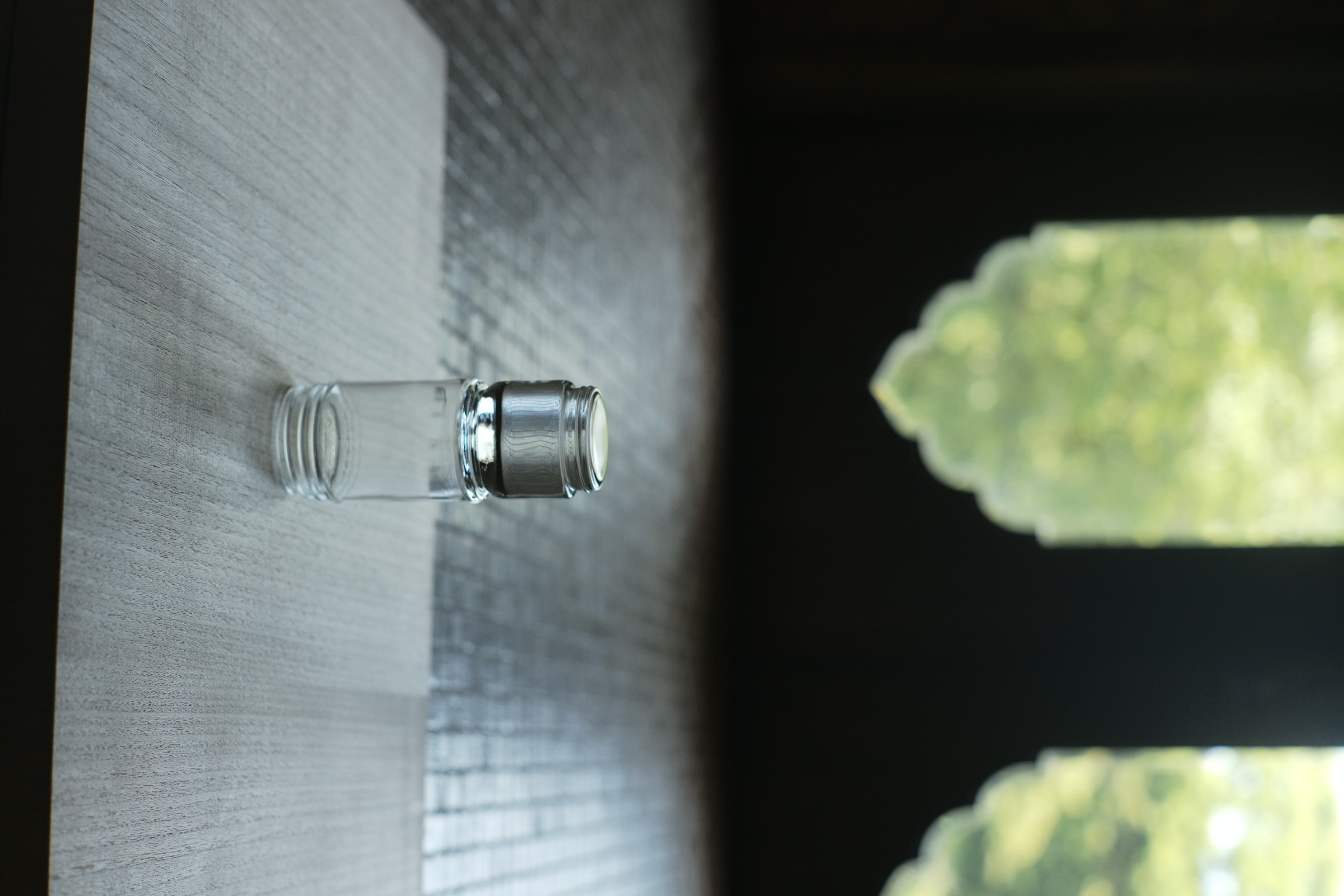
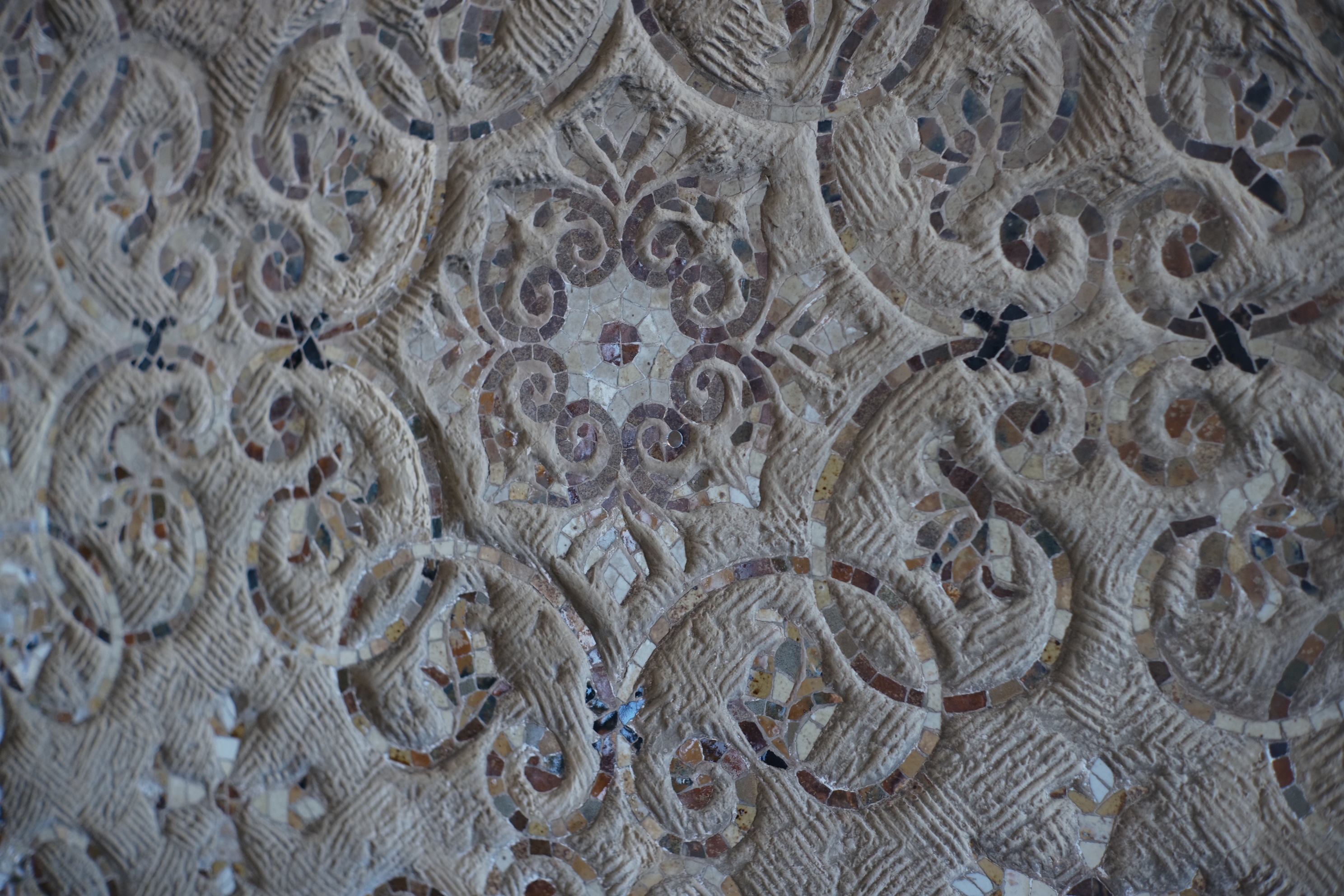
The second venue, where visitors are led through the permanent exhibition space of the Tohaku, is the Special Room 5 in the main building, which is the largest room in the Tohaku.
The venue has previously been used for special exhibitions, but the shutters that had been closed for many years have been opened for this exhibition. Natural light streams in from windows near the ceiling with dual lighting.
Natural light is an important element in Naito’s work. In the past, many venues have exhibited using natural light rather than artificial lighting, but the highlight of this exhibition is the space where Naito’s works resonate with the natural light provided by the architecture of the Tokyo National Museum, which was built at the end of the 19th century.
On the wall, a series of “Color Beginning” works are displayed according to the period in which they were produced. On the left as you face the entrance, part of the series that will be exhibited at the Ginza Maison Hermès Le Forum, which will begin in September this year, will be exhibited by Fondation d’entreprise Hermès, which is also co-organizing this exhibition. This will be Naito’s first attempt at an exhibition divided into two venues at the same time.
An atrium space that looks like outer space, with small glass beads floating like planets. You could spend hours standing in this space where small blown glass beads and wave glass interact.
A lounge room facing the backyard of Tohaku, the third venue. Normally used as a lounge for visitors to relax, this is a “Matrix” display in the center of the room, consisting of two Glass bottle placed one on top of the other, with the top Glass bottle filled with water. Filling an insignificant small jar with liquid water is a tribute to the life that is fulfilled by existing, and to life and death, which repeat without interruption no matter what happens in human life. and awe, and a quiet, sometimes frightening, gentle observation of another way of life and death.
This exhibition began after an encounter with Rei Naito’s clay tablets from the Jomon period, which prompted him to say, “come and live-go and live” By listening closely to the artist’s inner thoughts and the silent voices that echo through the exhibition space itself and the works, the things that can be seen and felt become even richer.
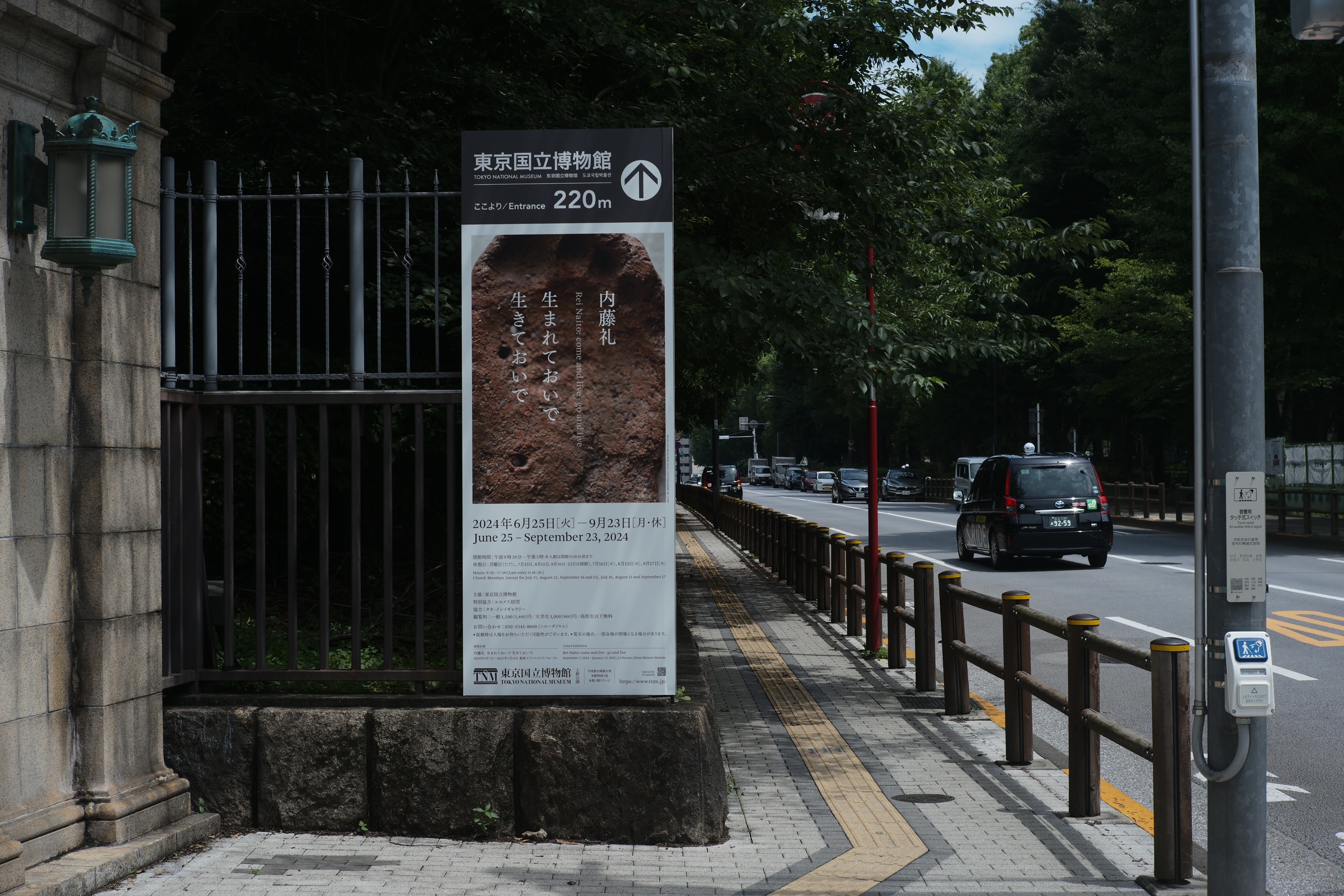
テキストと写真=加藤孝司 Text & Photo Takashi Kato
- 「内藤礼 生まれておいで 生きておいで」
- 会場:東京国立博物館 平成館企画展示室、本館特別5室、本館1階ラウンジ
- 住所:東京都台東区上野公園13-9
- 会期:2024年6月25日(火)〜2024年9月23日(月・祝)
- 開館時間:9:30〜17:30 ※入館は閉館の30分前まで。050-5541-8600(ハローダイヤル)
- 休館日:月(ただし、7月15日、8月12日、9月16日・23日は開館)、7月16日、8月13日、9月17日
- 料金:一般 1500円 / 大学生 1000円 / 高校生以下無料 ※事前予約制
- ※銀座メゾンエルメス フォーラムの会期は、2024年9月7日(土)~2025年1月13日(月・祝)

- #88
- #Adam Ianniello
- #Agnieszka Sosnowska
- #ART
- #Bryan Schutmaat
- #Hiroshima
- #Interview
- #JENN KANG
- #Johanna Tagada Hoffbeck
- #JohannaTagadaHoffbeck
- #Kanadehamamoto
- #Kei Ono
- #Masahisa Fukase
- #Masato Ninomiya
- #Matthew Genitempo
- #Ohenro
- #review
- #Shota KONO
- #ShotaKONO
- #Takashi Kato
- #Thomas Boivin
- #Tokushima
- #TOP
- #アユニ・D
- #アート
- #インタビュー
- #ジョアンナ・タガダ・ホフベック
- #トマ・ボワヴァン
- #フォト
- #三部正博
- #井崎竜太朗
- #今井智己
- #内藤礼
- #写真
- #加藤孝司
- #堀 裕貴
- #小野啓
- #山口息吹
- #山本康平
- #岡崎果歩
- #建築
- #本多康司
- #根本絵梨子
- #池谷陸
- #池野詩織
- #渡邉りお
- #渡邊りお
- #渡部敏哉
- #温陽民族博物館
- #笠原颯太
- #編集長日記
- #諏訪万修
- #野口花梨
- #長田果純





